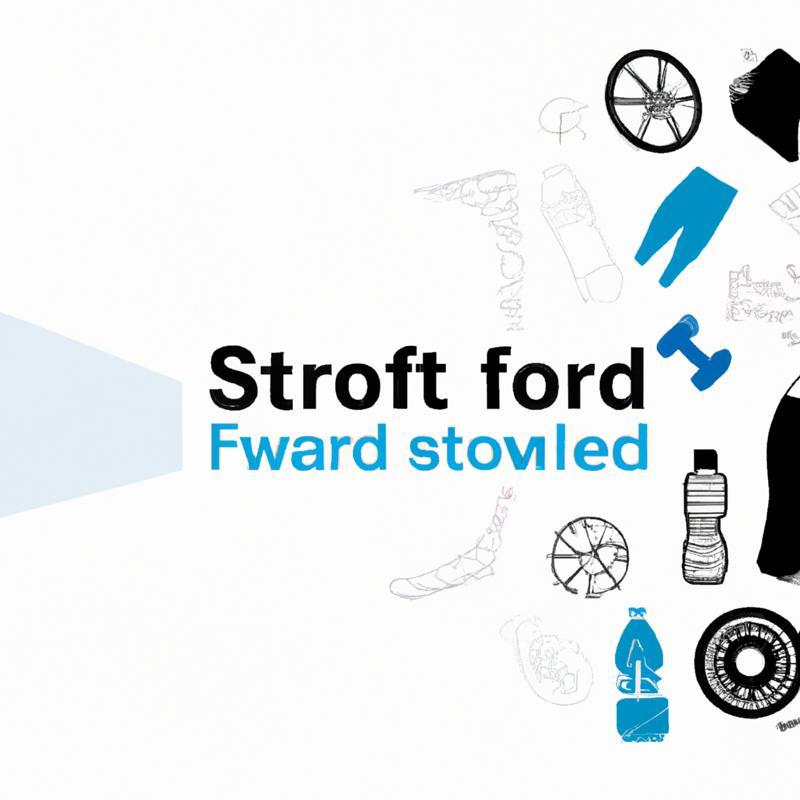- Applications of Weight Watchers Zero Point Foods
- Benefits of Weight Watchers Zero Point Foods
- Challenges of Weight Watchers Zero Point Foods
- Actionable Advice for Incorporating Weight Watchers Zero Point Foods into Your Diet
- Conclusion
What are Weight Watchers Zero Point Foods?
Unlocking the Power of Weight Watchers Zero Point Foods: A Comprehensive Guide for a Healthier You
Weight loss is a journey that can be daunting and overwhelming, especially when faced with endless diet options and conflicting information. However, one approach that has stood the test of time is Weight Watchers. This popular weight loss program has helped millions of people around the world achieve their desired weight by promoting healthy eating habits and sustainable lifestyle changes. One key aspect of the program is its emphasis on zero point foods, which are foods that you can eat in unlimited quantities without counting towards your daily points. In this article, we will dive into the world of weight watchers zero point foods, exploring their definitions, applications, benefits, and challenges.
What are Weight Watchers Zero Point Foods?
In simple terms, weight watchers zero point foods are foods that have a SmartPoints value of zero on the Weight Watchers program. These include fruits, vegetables, lean proteins such as chicken breast and fish, and some dairy products like non-fat plain yogurt. The list also includes plant-based proteins like tofu and legumes like beans and lentils. The idea behind these zero point foods is to encourage people to make healthier food choices by offering them a variety of nutritious options to choose from.
Applications of Weight Watchers Zero Point Foods
Weight watchers zero point foods can be incorporated into meals in various ways. For example, you can use fruits as snacks or add them to smoothies for breakfast. Vegetables can be used in salads or as side dishes for meals. Lean proteins can be grilled or baked and served with vegetables for a well-rounded meal. The possibilities are endless! By incorporating these zero point foods into your meals, you not only increase your nutrient intake but also reduce your overall calorie consumption.
Benefits of Weight Watchers Zero Point Foods
There are numerous benefits associated with incorporating weight watchers zero point foods into your diet. Firstly, these foods are low in calories, making them an ideal option for weight loss. Secondly, they are high in nutrients and fiber, which can help you feel full and satisfied without overeating. Thirdly, they offer a variety of options to choose from, making it easier to stick to a healthy eating plan without feeling deprived.
According to a study published in the International Journal of Obesity, participants who followed the Weight Watchers program for one year lost an average of 8.8 pounds, compared to those following a standard weight loss program who lost only 1.5 pounds on average. This highlights the effectiveness of incorporating zero point foods into your diet as part of a holistic weight loss approach.
Challenges of Weight Watchers Zero Point Foods
While there are many benefits associated with weight watchers zero point foods, there are also some challenges that may arise. For some individuals, having unlimited access to certain foods may lead to overeating or reliance on these foods as their main source of nutrition. It is essential to remember that while these foods have zero points, they still contain calories and should be consumed in moderation as part of a balanced diet.
In addition, it is crucial to note that not all zero point foods are created equal. Some may be higher in sugar or sodium than others, so it is important to read labels and choose whole food options when possible.
Actionable Advice for Incorporating Weight Watchers Zero Point Foods into Your Diet
If you are interested in incorporating weight watchers zero point foods into your diet, here are some practical tips:
1. Start by familiarizing yourself with the list of zero point foods provided by Weight Watchers.
2. Use these foods as the base for your meals and add other ingredients with points as needed.
3. Plan your meals ahead of time and include a variety of different zero point foods throughout the week.
4. Don’t rely solely on zero point foods; make sure to incorporate other nutrient-dense foods into your diet as well.
5. Listen to your body and stop eating when you feel full, even if the food is a zero point option.
Conclusion
Weight watchers zero point foods offer a variety of benefits for those looking to lose weight and maintain a healthy lifestyle. By incorporating these foods into your diet, you can increase your nutrient intake, reduce your calorie consumption, and make healthier food choices. However, it is important to remember that moderation is key, and these foods should be consumed as part of a balanced diet. With the right approach and mindset, weight watchers zero point foods can be a powerful tool in achieving your weight loss goals and living a healthier life.
